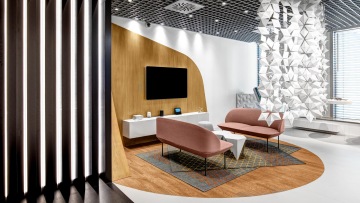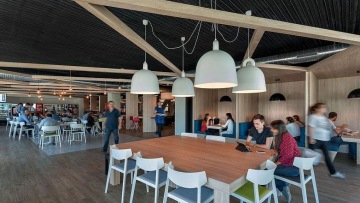Trends in workspaces


Although as stated by Eduardo Santos, CEO of SDV & Partners, “the trend of new workspaces is moving towards a fast track model, with increasingly dynamic environments that promote collaboration between workers", the office often follows a preconceived image in the collective subconscious.
“It's about changing the rules of the game and tackling the project in another way, based on the elements that make up the space", said the partners and founders of Álvarez Sotelo Arquitectos, Jorge Álvarez and Jorge Sotelo, who believe that it is fundamental to know how to detect each client's needs and understand the design of the space as a tool to achieve its objectives. And it is that, as is happening in residential architecture, where each room responds to a different need, the same thing must happen in workspaces.

Until the appearance of the open space concept it was the architecture itself that defined spaces and uses in offices, now there are many more aspects involved. From the most tangible, such as furniture or vegetation, to others that are 'invisible' but no less important, such as lighting or technology.
“In an increasingly open-planned work space, furniture is a tool that allows people to collaborate better, socialize or, on the contrary, have more privacy, and even learn”, states Soledat Berbegal. For Actiu, Consultant and Director of Reputation, furniture become tools that must be adapted to people and not the other way around. “Furniture separates environments, acoustically absorbs conversations and provides meeting and socialization points", she adds.